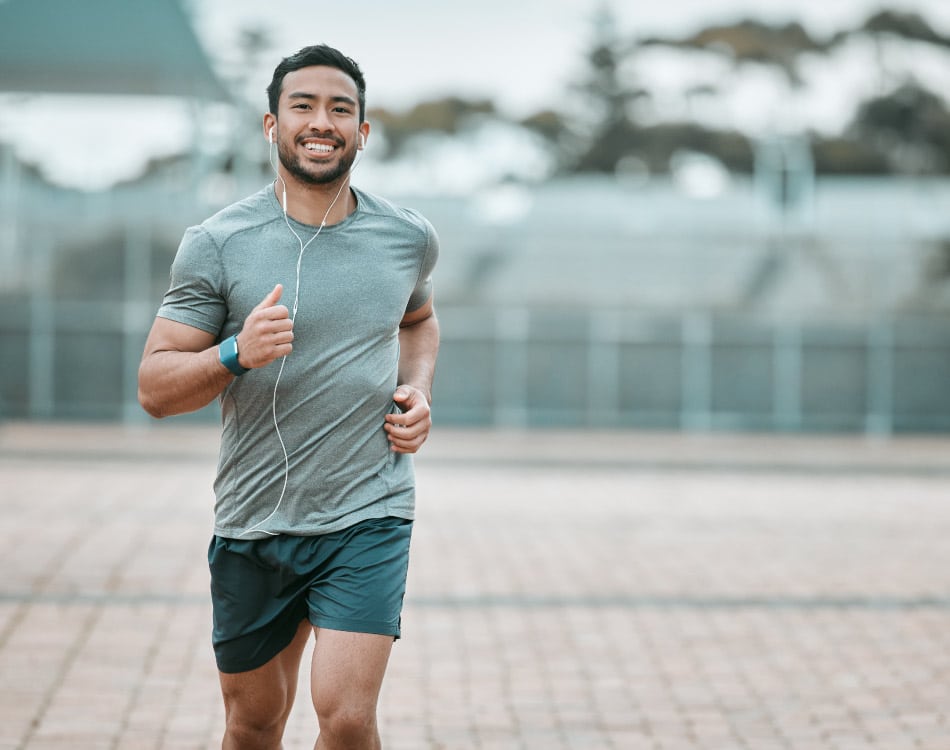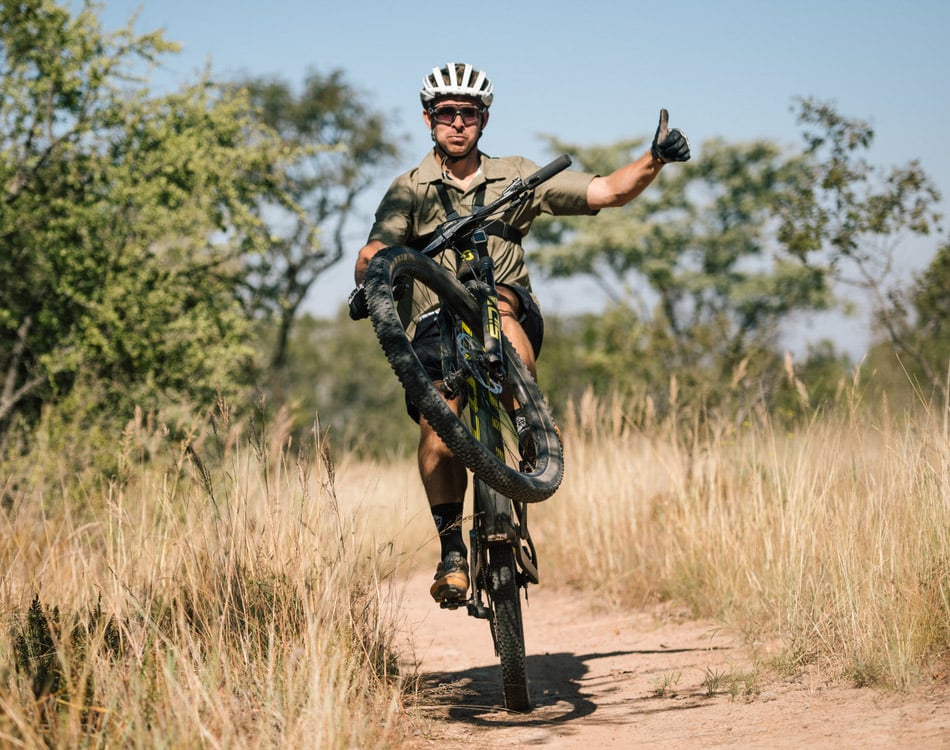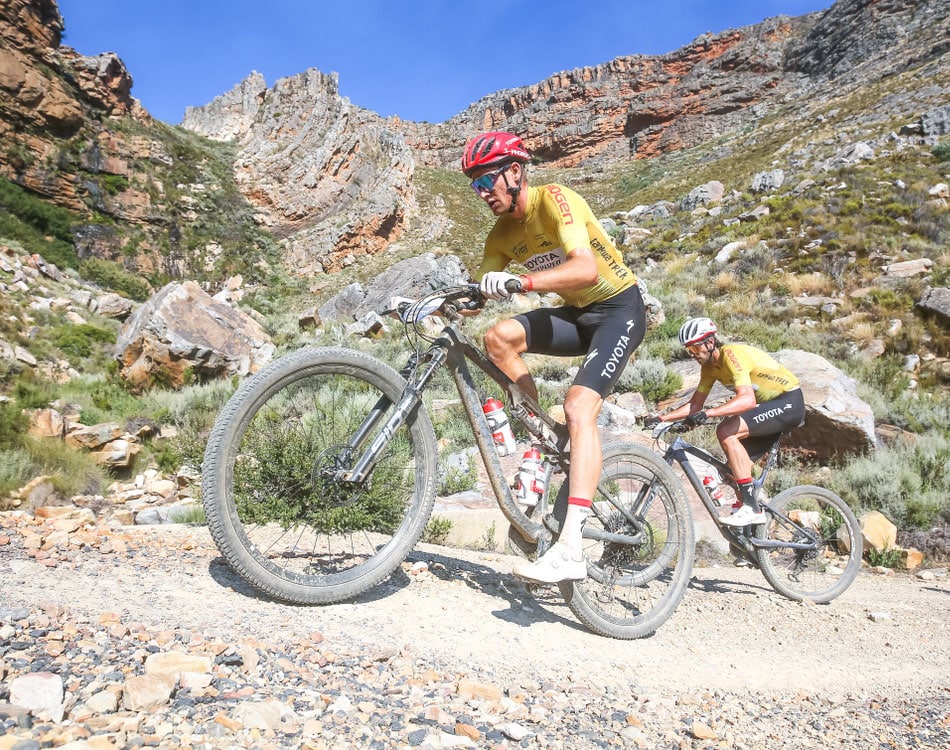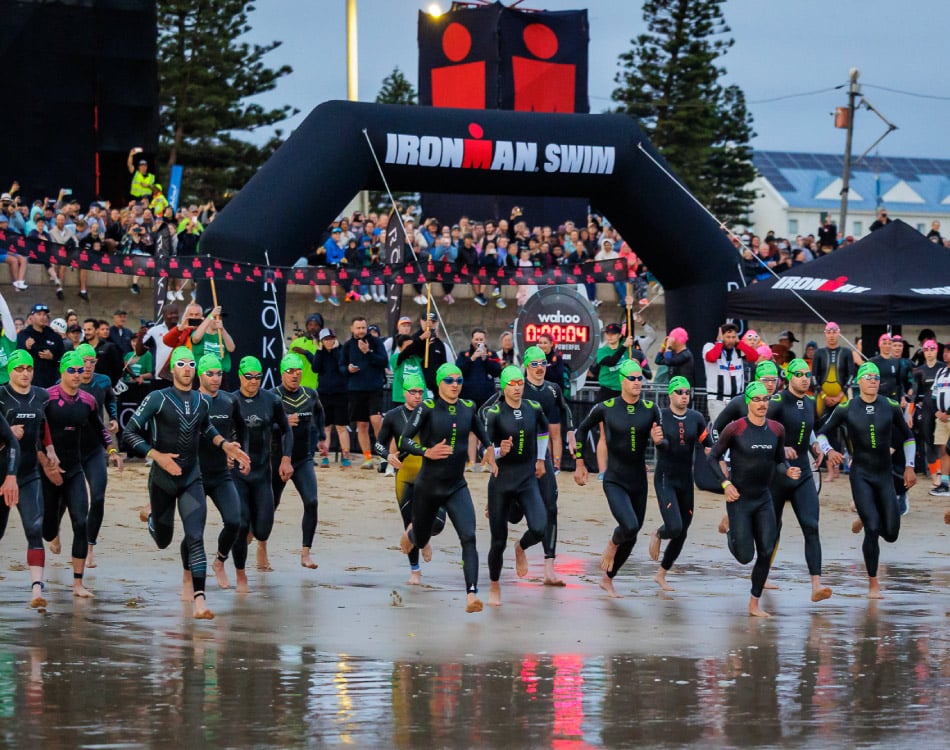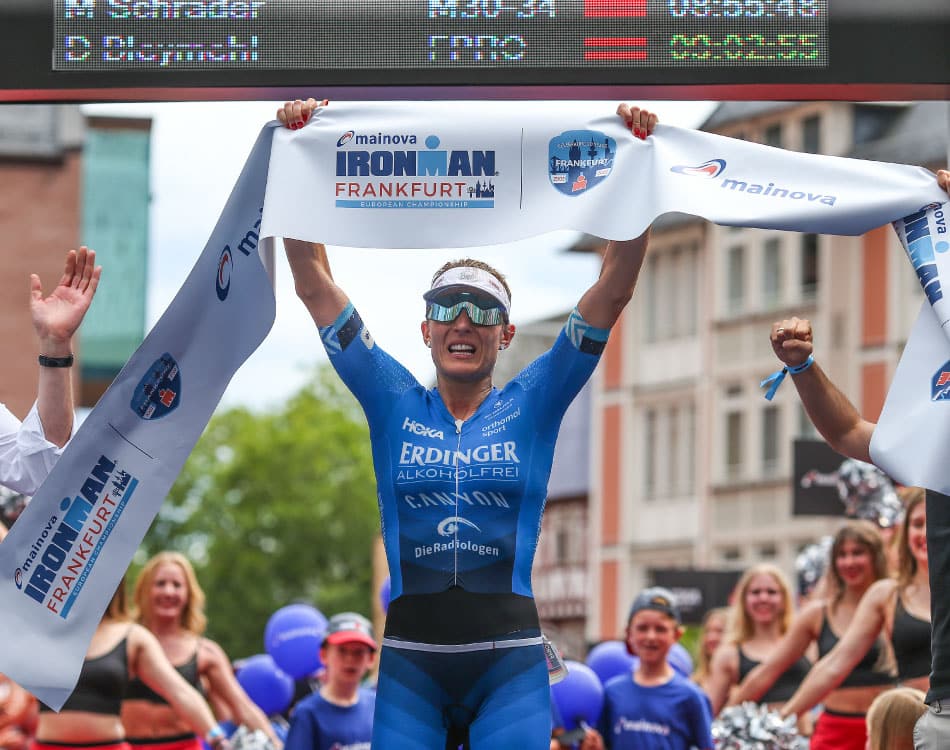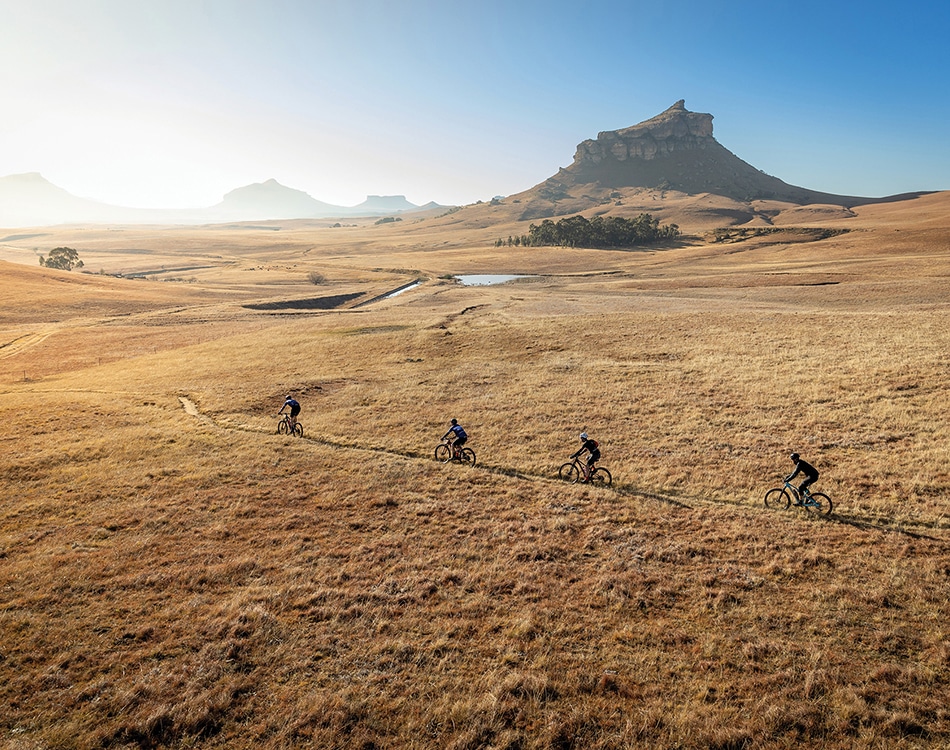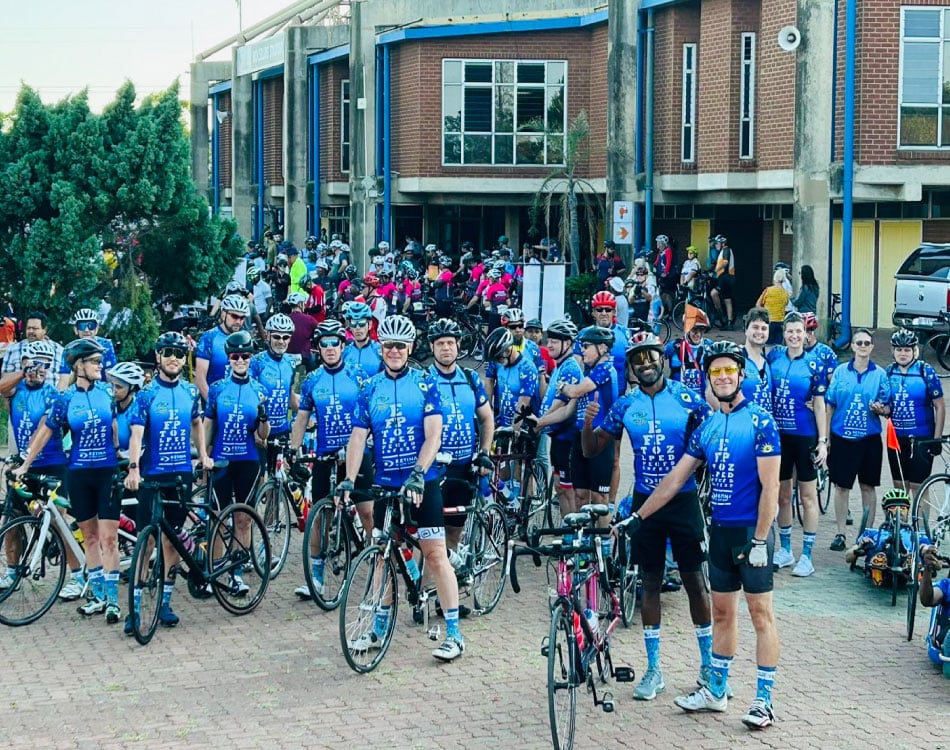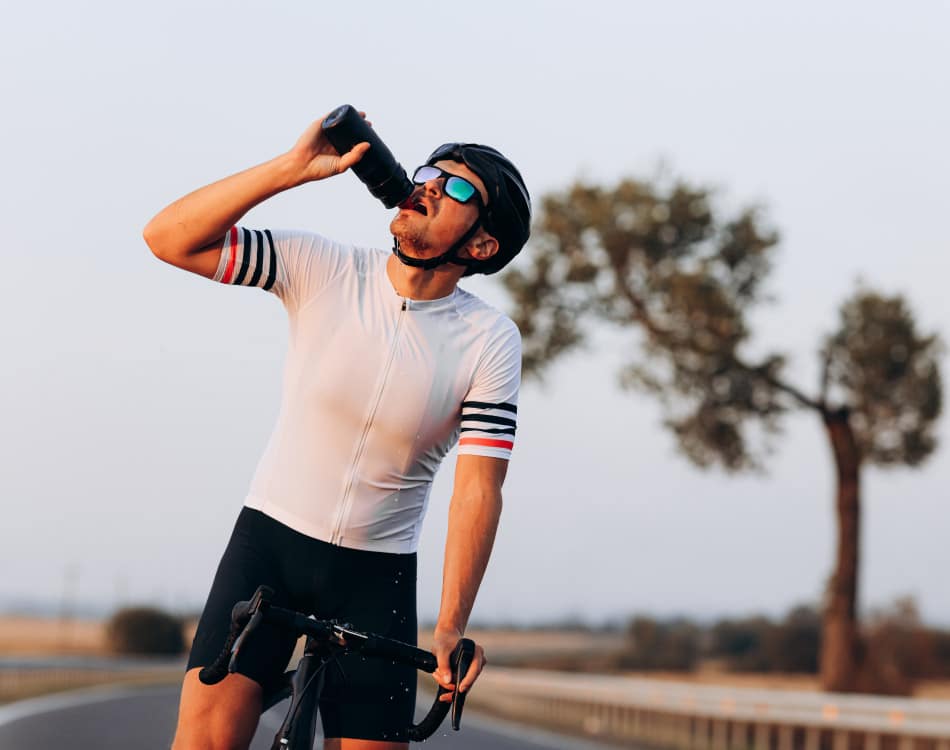Every serious endurance athlete spends hours out on the road training to improve their fitness and stamina for that coveted PB!
While race day performances require a unique blend of dedication to training, determination, the right fuelling strategy, and mental resilience, there are numerous hacks you can implement to shave precious seconds off your time.
Get ready to go the distance, break your personal records, and become a better endurance athlete with these five game-changing hacks that will take your endurance performance to the next level.
READ MORE | 5 Hacks To Improve Your Health
1. Fine-tune your technique
Training plans generally focus on building fitness with a periodised progression in training loads and intensity. However, one key element that non-elite athletes seldom focus on is technique.
For the pros, technique training is an integral part of off-season and pre-season training. But athletes can realise major benefits in movement economy and energy efficiency by improving their technique, especially for longer-duration events like marathons and Ironman-distance triathlons.
Improvements in movement efficiency means you expend less energy, even at higher speeds. Conversely, inefficient movement patterns on the run or the incorrect bike setup will cause ‘energy leaks’, which means you expend more energy than is necessary.
Expending unnecessary energy throughout a race will mean there is little left in the tank for the mst critical part of any race – the closing few kilometres when you need to kick for home to bag that PB.
As a runner, focusing on technique elements such as foot strike in relation to your hips, cadence, and posture can help to limit the ‘energy leaks’ that reduce efficiency. By perfecting these elements early in the season, athletes also reduce their risk of injury as everything in the body works as it should to absorb, transfer and dissipate force in the most efficient manner.
Similarly, the correct anatomical position on the bike and the correct pedal setup will ensure you transfer maximal power output to drive the wheels forward and generate momentum.
2. Buy seconds
With technology advances, endurance athletes across the spectrum can gain seconds on race day with the right equipment.
While this is usually expensive, investing in carbon-fibre wheels or components for your bike or buying the latest lightweight, carbon-plated ‘super shoes’ can make you more efficient and shave seconds (if not minutes) off your PB!
When Nike launched the first super shoe, the Vaporfly 4%, the company claimed that the ultra-lightweight Nike ZoomX foam provided up to 85% energy return while an embedded full-length curved carbon fibre plate increased stiffness and propulsion to deliver up to a 4% improvement in running efficiency.
Since then, all the major shoe manufacturers have developed their version of a super shoe, pouring massive budgets into research and development into products that cost R5,000 or more per pair.
The costs become even more astronomical when buying seconds on the bike, with a top-end specialist time trial (TT) bike in the region of R250,000. These bikes usually have carbon components to reduce total weight and deep-sectioned carbon wheel sets or full rear disc wheels, which lowers aerodynamic drag.
In a test1 over a 16km time trial course using the myWindsock forecasting app, a rider producing 150 watts lost close to 7 minutes on a road bike compared to a lighter, more aerodynamic TT bike.
Given the potential gains for the same amount of training, it is advantageous to buy the best equipment whenever you can afford it.
3. Focus on breathing work
Efficient breathing is vital for sustained endurance during training and better race-day performances. However, few athletes give this automatic physiological function much conscious thought.
Most people rely only on their weaker intercostal muscles found between the ribs to breathe – even active people. This is generally called chest breathing. When effort levels rise, breathing rates increase in response. Yet this tends to result in a rapid and shallow breathing pattern that doesn’t utilise your full lung capacity.
Runners and cyclists can benefit from learning to activate their diaphragm during hard efforts, which is the body’s main breathing muscle. Diaphragmatic (aka abdominal or stomach) breathing causes the abdomen to expand rather than the chest. It is characterised by slower, deeper breathes.
This method fills the lungs and more of the sacs (called alveoli) that are responsible for gas exchange with the circulatory system with oxygen-rich air. This ensures more oxygen reaches red blood cells, which delivers these molecules to working muscles for better energy production.
As such, is it beneficial to re-learn and practise proper breathing techniques during exercise.
4. Relax
Relaxation exercises and meditation, even while training or racing, help athletes to focus, not just concentrate on the task at hand.
By entering a state of almost Zen-like meditation, you can elevate mood, distract your mind from the physical sensations you’re experiencing, and it may even help to remove these mental stressors from your consciousness.
This enables athletes to get deeper into ‘the zone’ – a mental state where your subconscious mind is free to act without inhibition to reach that state of flow that so many athletes talk about.
And it is in this state when you can unleash the full extent of your physical capacity because you’re free from the psychological limitations our conscious mind often imposes on our bodies.
5. Smile
Your emotions work on a feedback loop. That’s why an athlete grimaces during hard efforts, but the converse also applies. Smiling during hard efforts can trick your brain into believing you enjoy the experience, which makes your perceived effort seem less taxing.
This phenomenon is backed by scientific research. A study2 by researchers at Ulster University and Swansea University found that runners who smiled used less oxygen, ran more economically and had a lower perceived rate of exertion than those who frowned and those in the control group.
The study findings published in Psychology of Sport and Exercise showed that participants were 2.8% more economical when smiling than frowning and 2.2% more economical compared to normal thoughts.
References:
- How much faster is a Time Trial Bike? https://mywindsock.com/page/discussion/how-much-faster-is-a-time-trial-bike/
- Noel E. Brick, Megan J. McElhinney, Richard S. Metcalfe. The effects of facial expression and relaxation cues on movement economy, physiological, and perceptual responses during running, Psychology of Sport and Exercise, Volume 34, 2018, Pages 20-28, ISSN 1469-0292, https://doi.org/10.1016/j.psychsport.2017.09.009.

